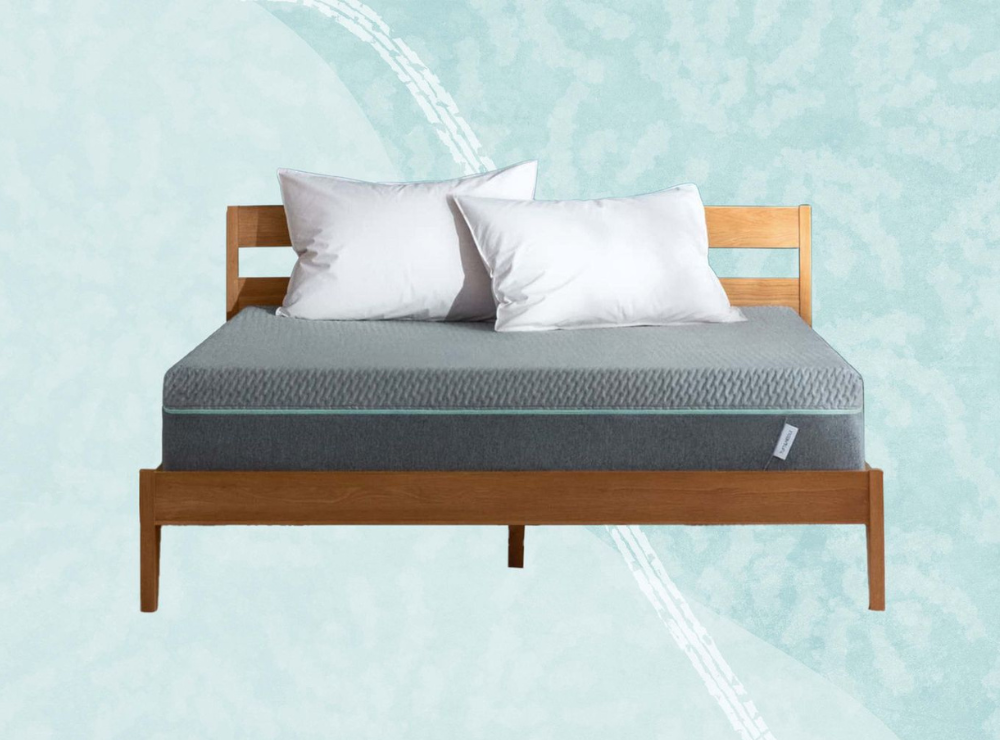1. Types of Mattresses:
· Innerspring Mattresses: These mattresses contain coils or springs that provide support. They come in various firmness levels.
· Memory Foam Mattresses: Made of viscoelastic foam, memory foam mattresses conform to the body's shape, providing pressure relief.
· Latex Mattresses: Latex mattresses are made from natural or synthetic latex foam. They offer a balance of support and bounce.
· Hybrid Mattresses: Hybrid mattresses combine different materials, typically a combination of innerspring coils and foam layers.
· Adjustable Beds: Some mattresses are designed for use with adjustable bed bases, allowing users to customize their sleeping positions.
· Air Mattresses: Air mattresses can be inflated or deflated to adjust firmness. They are often used for temporary sleeping arrangements.
2. Mattress Sizes:
· Twin: 38 inches wide by 75 inches long
· Twin XL: 38 inches wide by 80 inches long (often used in college dorms)
· Full/Double: 54 inches wide by 75 inches long
· Queen: 60 inches wide by 80 inches long (a popular choice for couples)
· King: 76 inches wide by 80 inches long (provides more space for couples)
· California King: 72 inches wide by 84 inches long (longer but slightly narrower than a standard King)
3. Firmness Levels: Mattresses come in various firmness levels, ranging from soft to firm. The ideal firmness level depends on personal preferences and sleeping positions.
4. Support and Comfort: A good mattress should provide proper spinal alignment, evenly distribute body weight, and offer pressure relief to ensure a comfortable night's sleep.
5. Durability: The lifespan of a mattress varies depending on its quality and materials. Most mattresses are expected to last between 7 to 10 years.
6. Maintenance: Rotating or flipping a mattress can help extend its lifespan. Using a mattress protector can prevent stains and damage.
7. Allergies: Some mattresses are designed to be hypoallergenic and resistant to dust mites and allergens, making them suitable for allergy sufferers.
8. Price Range: Mattresses come in a wide price range, from budget-friendly options to high-end luxury models. Prices can vary based on brand, materials, and features.
9. Trials and Warranties: Many mattress manufacturers offer sleep trials, allowing customers to return the mattress if they are not satisfied. Warranties typically cover manufacturing defects and can range from a few years to over a decade.
10. Personalized Sleep: Some companies offer custom-made mattresses tailored to an individual's specific needs and preferences.
Choosing the right mattress is a personal decision that depends on factors like sleeping position, body type, and personal comfort preferences. It's essential to test mattresses in-store when possible and carefully research options before making a purchase to ensure a good night's sleep and long-term satisfaction.

















